In the 1980s, five Cosworth engines, a few engineers and some courage were enough to compete in Formula 1. Meanwhile, a new team has to pay 200 million US dollars for the right to ride. At least the same amount is necessary again in order to actually be at the start. The purchase of an established team is now likely to require at least half a billion. This is an astonishing development. How did this actually come about? And where will this lead?
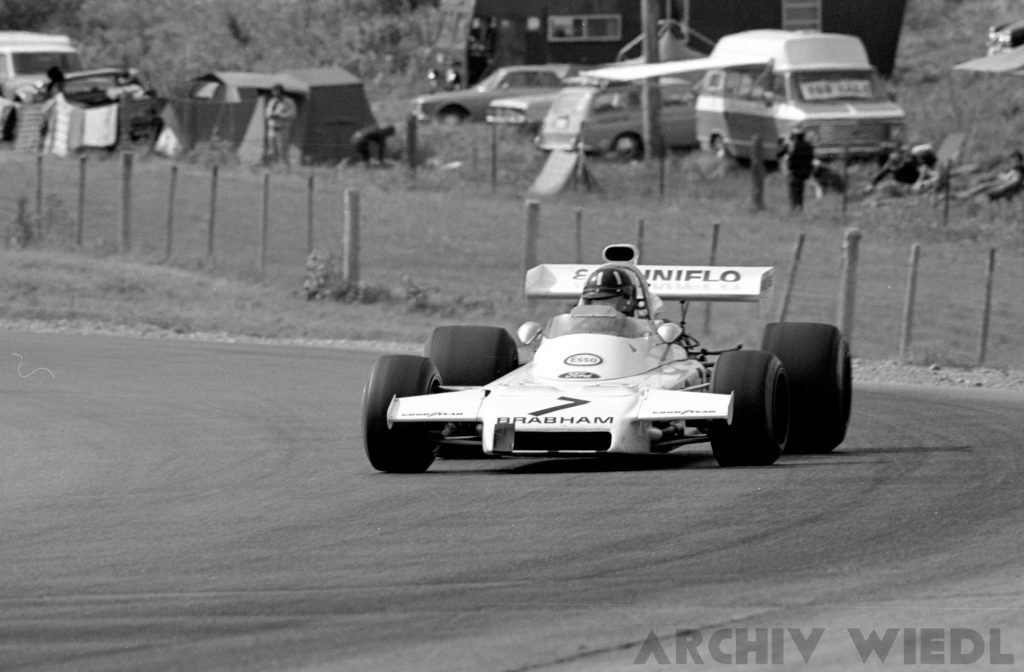
In the past, the comings and goings of teams in Formula 1 were simply part of it. Some teams only lasted a few months. Others played in the fastest circus in the world for a few years. In good times, almost 40 cars fought for grid positions. But sometimes it was also necessary to fill the field with F2 cars. In the last three decades, 27 new teams have tried their hand at the premier class. With AlphaTauri (Minardi, entered 1985), Aston Martin (Jordan, 1991), „Alfa Romeo“ (Sauber, 1993) and Red Bull (Stewart Grand Prix, 1997), only four of them are still on the grid today. None of the teams still bear their original name. To date, „Jordan“ has changed its name and ownership five times.
At the beginning of modern Formula 1 was the Concorde Agreement!
If we look back another decade, the number of new entrants will rise sharply again. In the 1970s, the teams were still allowed to compete with purchased racing cars. This facilitated access. In addition to the March works team, Tyrrell (1970), Frank Williams Racing Cars (1972 ), Hesketh Racing (1973/74) and Penske (1975) also drove to World Championship points with racing cars from Bicester. MRD also delivered its Brabham not only to its own works team. Top teams such as Lotus or Williams passed on their old racing cars to independent teams. Minardi entered a Ferrari 312T in F1 races without World Championship status ten years before entering the World Championship.
Bernie Ecclestone, who created the modern Formula 1, was a thorn in the side. As late as 1980, an independent team competed in the World Championship with customer cars. RAM Racing entered two Williams FW07s, but usually failed at the hurdle of qualification. The first Concorde Agreement, which regulated the relationship between FISA and the Ecclestone-led team association FOCA, ruled out such operations from 1981. Two years later, Formula 1 focused entirely on the world championship. The British Formula 1 Championship, which at times had 38 cars on the grid, expired at the end of 1982. The last Formula 1 race that was not part of the World Championship took place in Brand Hatch in 1983.
Formula 1 became a product!
Bernie Ecclestone saw the next level of professionalization in a fixed starting field. Seriously financed teams stand for reliability. They increase the willingness of TV stations and organizers to pay for Formula 1. The qualification was also over for the Briton at some point. After all, teams that are sure to participate in the race are more attractive to sponsors. After the loss of the customer cars, all teams had to bring their own chassis to the start. Those who could, now built their own vehicle. Others concluded exclusive contracts with established racing car manufacturers. For example, Larrousse purchased his racing cars from Lola from 1987 to 1991. Scuderia Italia was a customer of Dallara from 1987 to 1992 and used a Lola in 1993.
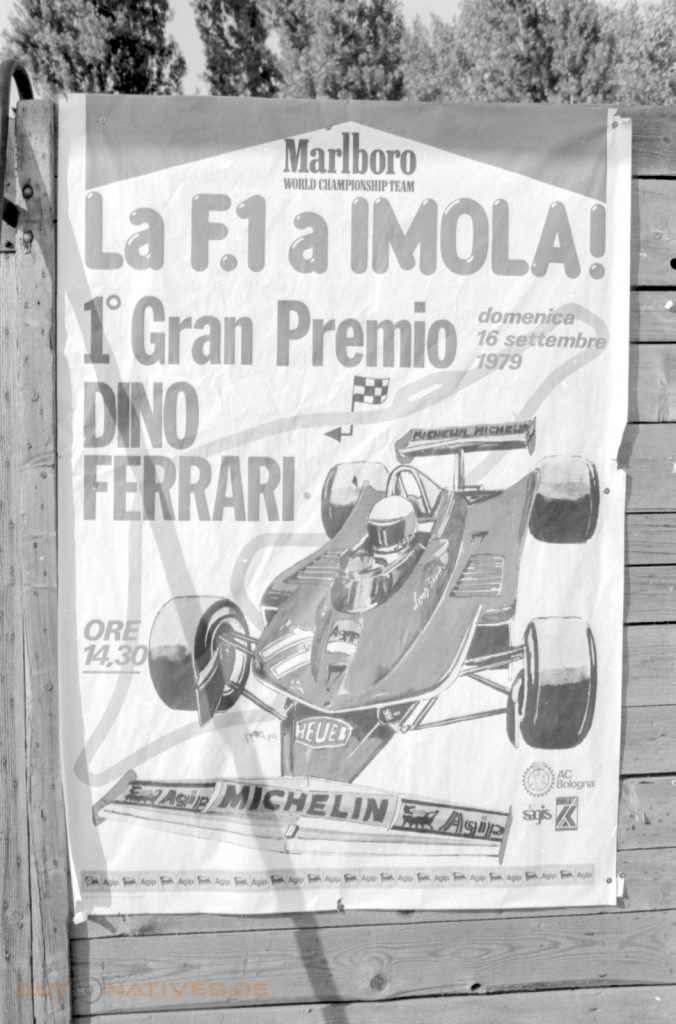
March co-founder Robin Herd was also in good business at times. As early as 1981, the Briton supplied RAM Racing. Later, the racing cars at Fondmetal (1991) and Larrousse (1992 to 1994) also came from Herd. But Formula 1 tightened the rules further, requiring the teams to build the cars. Only from 2006 to 2010 was the use of purchased cars allowed again. Whereupon Toro Rosso ordered its racing cars from the sister company Red Bull and in 2009 the HRT was a dallara. In the meantime, the teams have to design their own cars again. You may only buy selected parts from other teams. Haas cooperates with Ferrari, the Red Bull subsidiary AlphaTauri with the main team of the beverage group. Williams and Sauber also purchase parts from third parties.
If you want to play, you have to pay 200 million US dollars now!
Meanwhile, the commercial rights of Formula 1 are held by investors from America. Bernie Ecclestone is history. With the new owners, the professional level continued to rise. In the contracts, which regulate the relationship between FIA, the marketer Formula One Group and the teams , it is now documented that a maximum of twelve teams may compete in the fastest circus in the world. A maximum of two additional teams may be added. The discussion about an increase for the 2025 season quickly and mercilessly showed who is master of the house today. Because when FIA President Mohammed bin Sulayem recently publicly wished for new teams, the rights holders soon threatened with damages.
Apparently, they see in the World Automobile Association only a service provider who supports the sporting implementation. The Americans prefer to take care of the business themselves. Nevertheless, an application round is currently underway to open the door of Formula 1 for a maximum of two teams. In addition to proof of their economic stability and technical competence, potential newcomers must pay a transfer fee to the ten already active teams before the start. Admission to the exclusive club costs 200 million US dollars. Connoisseurs estimate that building a team and building your first own car costs at least the same.
Today, pilots do not extend their careers with a team!
No wonder that today’s drivers only visit the paddock as TV experts or driver managers after the end of their active careers. What times when Bruce McLaren, whose team is still active, Jack Brabham, whose team later bought Bernie Ecclestone, or Graham Hill drove race cars bearing their names. There will probably never be an Alonso or a Vettel on the grid. Because the next team to be sold will cost at least half a billion. So far, probably only Michael Schumacher and Lewis Hamilton drove together. The last favorable opportunity to buy a Formula 1 team was Williams.
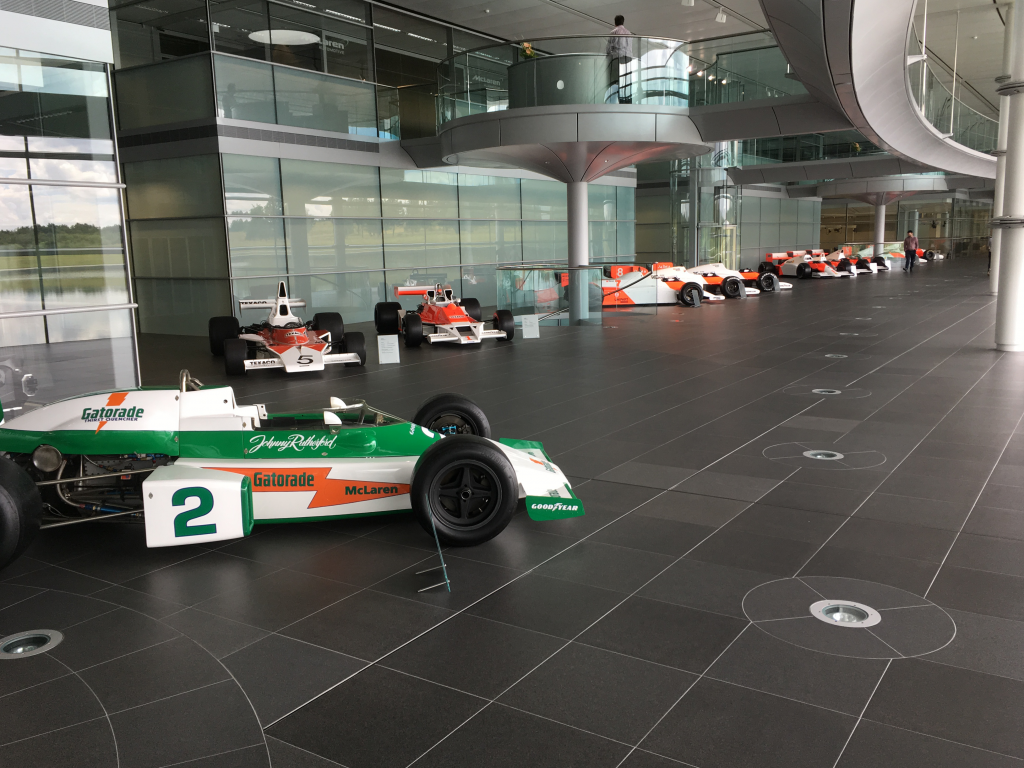
In August 2020, Dorilton Capital was able to buy Frank Williams‘ team for „only“ 152 million euros. With the team, the New York investment company automatically took over the membership in the exclusive club of the premier class. This saved the new owners the crisp entrance fee of 200 million. A new team to compensate the already active teams for the fact that a new team gets a piece of their cake in the future. Because the teams receive money for driving from the Formula One Group. Part of the starting fee depends on how long the team is there. That’s why Ferrari gets the biggest piece of the pie. Nevertheless, every placement is worth cash for the teams.
Does a new team make the pie bigger or the pieces smaller?
The Formula One Group generates the money it distributes to the teams from the TV stations and the organizers. This seems to work well. Last week, Formula 1 announced that it was able to pay out $1.2 billion to the teams last year. Sales of the racing series were also at a record level of 2.6 billion US dollars. So not quite half of the revenue goes to the teams responsible for the show. Put simply, the teams don’t even get 50 cents out of a dollar that the series earns. The organizers of the racing series estimated their own profit at 239 million US dollars.
They bought a plot of land in Las Vegas for almost the same amount in order to build the boxes for the announced Grand Prix in Las Vegas. This depressed profits in 2022. In view of these figures, the 200 million US dollar entrance fee does indeed sound almost cheap again. After all, the existing teams will otherwise get less than before, if instead of ten by eleven or twelve is to be divided. The entrance fee is therefore intended to compensate for the losses of the established until revenues increase. The question is, will the 200 million be enough for this to happen? Apparently, there are doubts about this. Therefore, the previous teams demand a significantly higher entrance fee for their exclusive club.
Which way is cheaper?
In the room is an entry fee in the amount of 700 million US dollars. At this point at the latest, a simple invoice is created. Which is cheaper? Buying another team or compensating everyone else? Apart from that, buying a team is definitely the fastest way into the starting field. Because before the approval of a new team, there is a complex and expensive selection process. In addition, it is said that three applicants are currently interested in the up to two possible new slots. In addition to Michael Andretti and Hitech Grand Prix, the team of Dennis Rushen and David Hayle is active in F2 and F3, Mumbay Falcons from India is also said to be interested in starting in Formula 1.
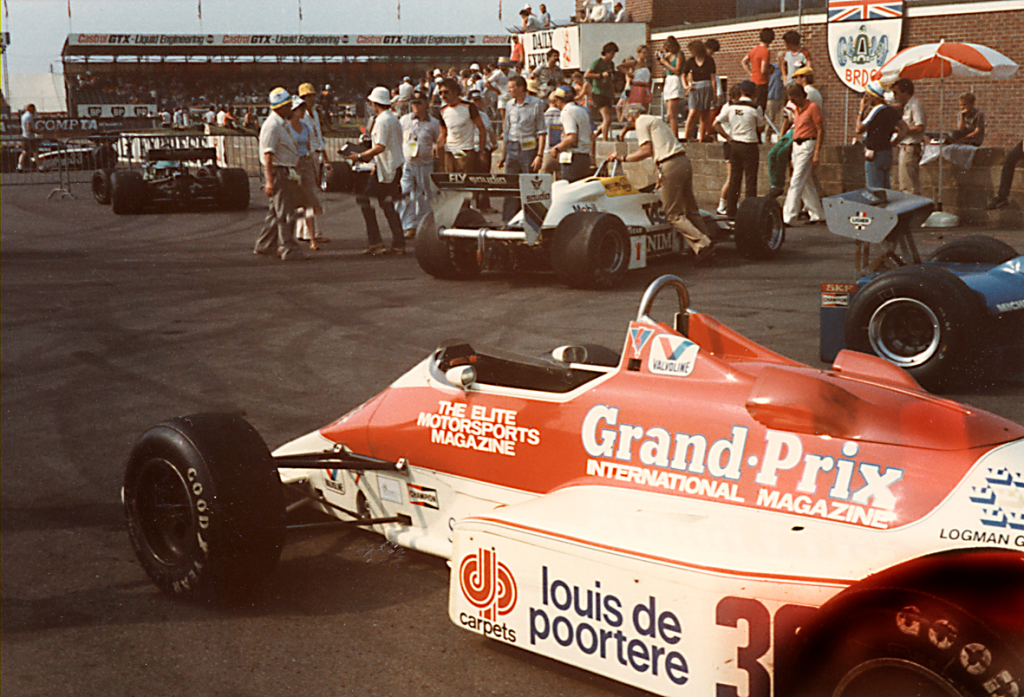
Michael Andretti has a financially strong partner on board in General Motors and has an engine contract with Alpine. The American’s application seems well and seriously prepared. It is clear to everyone that the ex-racing driver has a lot of experience as a team principal. In addition, Formula 1 is booming like never before thanks to Netflix in the USA. In this respect, Formula 1 would be well advised to give Andretti a starting place. But it’s not that simple. Because Andretti has the most competence of the three applicants, the American could put teams like Haas, Williams or even McLaren (in the current condition) in distress. It is therefore not surprising that the established teams do not welcome Andretti with open arms.
What is an existing team worth?
Hitech raises the question of where the team’s money comes from. Because the Russian oligarch Dmitry Mazepin was temporarily involved in the team. His son Nikita Mazepin prepared for Formula 1 at Hitech. In the meantime, the money is said to come from the Arab world. If the team cannot 100 percent dispel all doubts that it has severed its ties to Russia, it will fail in its bid for a starting place. Mumbay Falcons is already considered an outsider. Because even if the coffers of the team seem abundantly full, it has so far only been active in regional series. The leap into the premier class seems a bit too ambitious. Mumbay Falcons would be well advised to compete in F2 first.
It is quite possible that applicants who are not awarded the contract will then try to buy an existing team. Because the purchase of an existing team by third parties can hardly prevent Formula 1. The only small lever is that everyone in the grid has to agree to a renaming. Although this was only a formality in the past, it does not necessarily give rise to a claim for the future. The question remains what an established team would cost. It is clear that if the entrance fee rises, all existing teams also gain in value. Despite the corona pandemic finally coming back, which depressed revenues and profits, no team would be as cheap at the moment as Williams was three years ago.
Is a team worth 700 million?
Michael Andretti tried to buy Sauber in the meantime. But Audi offered more and was awarded the contract. Although details of this acquisition are not known, it is quite possible that this acquisition was also favorable in retrospect. In the meantime, observers consider it possible that Red Bull could sell its junior team AlphaTauri. The beverage company, whose top team just won the drivers‘ title twice with Max Verstappen in the cockpit, is currently putting many projects to the test after the death of its long-time boss Dietrich Mateschitz. In 2004/2005, Mateschitz acquired his two teams in quick succession in order to mature talents for the main team in the second team.

With Sebastian Vettel and Max Verstappen this worked excellently! But part of the beverage manufacturer’s concept was originally that the second team gets its car from the top team. In the first years this was still possible. But in 2010, the guardians of the rules limited this possibility. This drove up the costs of Scuderia Toro Rosso, as the second Red Bull team was initially called. For Dietrich Mateschitz, that didn’t matter. But the death of the entrepreneur reshuffled the cards. Because Mateschitz created the global brand Red Bull. But this is based on the energy drink Krating Daeng, which has been offered in Thailand since 1975. Dietrich Mateschitz was therefore always „only“ a minority shareholder who had to coordinate his marketing plans with the owners of Krating Daeng.
The future of AlphaTauri is uncertain!
Because Krating Daeng owner Chalerm Yoovidhya controls the majority of Red Bull. But it was Mateschitz who elevated the owners of Red Bull into the circle of the richest people in the world. Out of gratitude, the majority shareholders left the Austrian his „toys“. However, the new management now has the task of further increasing returns. What is not economical is realigned or completely disposed of. The Scuderia AlphaTauri almost automatically comes into focus. After all, the team only finished ninth in the Constructors‘ World Championship last season. Unlike the main team, AlphaTauri – like the eponymous fashion brand – is likely to be a subsidy business at the moment.
There is a rumor circulating in the scene that AlphaTauri should move to the UK to reduce costs. Because seven of the ten F1 teams are at home in Great Britain. In addition to attractive working time arrangements, the United Kingdom is attracted by the fact that many suppliers and specialists are at home there. The joint freight transports of Formula 1 to the overseas races also start in Great Britain. Therefore, it doesn’t require much imagination that the move would actually reduce the team’s costs. The question remains, what the farewell from Italy costs. Only when the savings exceed the moving costs, the move comes into earning.
Does Red Bull turn the original 50 million into 700 million?
It is quite possible that the new management of Red Bull wants to achieve results faster. And a sale of the second team of the beverage manufacturer could immediately flush a lot of money into the cash register. In the room is a asking price in the amount of 700 million. This would correspond to an increase in value of up to 650 million in 18 years. Scuderia AlphaTauri was born through the purchase of Minardi. At the time, it was said that Red Bull paid an amount between 50 and 70 million US dollars for the Italian team. Grandma’s savings stocking or better your own stock portfolio would have to achieve an annual increase in value of more than 15 percent in order to achieve such a return.
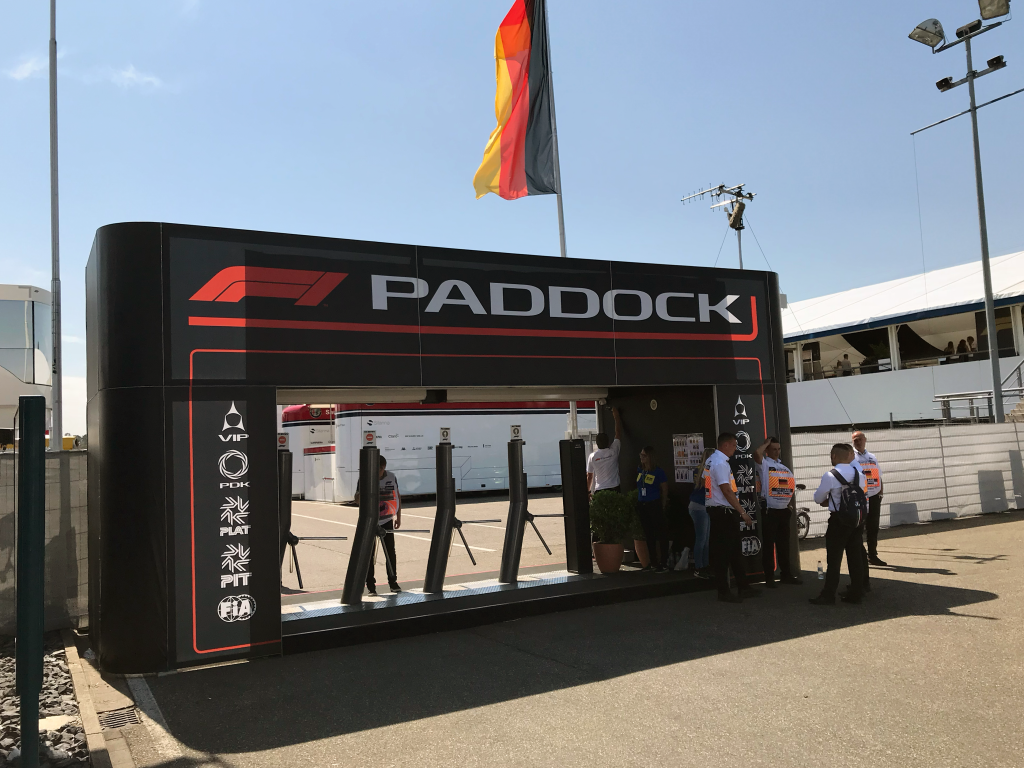
Of course, this is a shortened view. In the past 18 years, plenty of money has flowed from Austria to Italy, so that Minardi became a Red Bull team. As early as 2014, observers estimated that Red Bull invested 500 million in its Italian team. In return, however, the team, which won at least two Grand Prix, also took money from the prize money pot of Formula 1, won external sponsors and contributed an advertising value for the brand. Nevertheless, a possible sales price of 700 million sounds like a good sip! The more one deals with the facts, the more likely – despite all denials – a sale becomes.
All together shows how Formula 1 changed!
The only thing that speaks for the team to remain in the group is that Red Bull wants to build its own engines from 2026. With a second team, the beverage company circumvents the obligation enshrined in the rules to equip another team with its engines under certain conditions. In a world where, as we recently saw during testing in Bahrain, teams send mechanics to cover the underbody of a stranded car with custom-made curtains, this aspect should not be underestimated. Let’s wait and see how the story about possible new starters continues. Already in the summer of this year, Formula 1 wants to complete its current tender.
Then it will become clear whether there are newcomers and which path they choose. Regardless of this, the time is over, where new applicants „just so“ enter Formula 1. The new gentlemen from America consistently continue to turn the screw that Bernie Ecclestone formed. Typical for US sports, the teams are no longer just participants. In the meantime, they are more likely to be franchisees who benefit from the overall success and thus earn well. But the downside of success is that access is limited. The times of the little adventurers are irreversibly over. I regret that, because somehow I miss these optimists. For me, their stories have always been part of the appeal of Formula 1.
Infos zum Titelbild dieses Beitrags:
Enzo Ferrari bezeichnete die britischen Teams abfällig als Garagisten. Der heutige Hauptsitz von McLaren unterstreicht, dass das Vergangenheit ist.
Foto: Fabian P. Wiedl
AutoNatives.de ist auch bei Facebook. Wir freuen uns über ein Like.

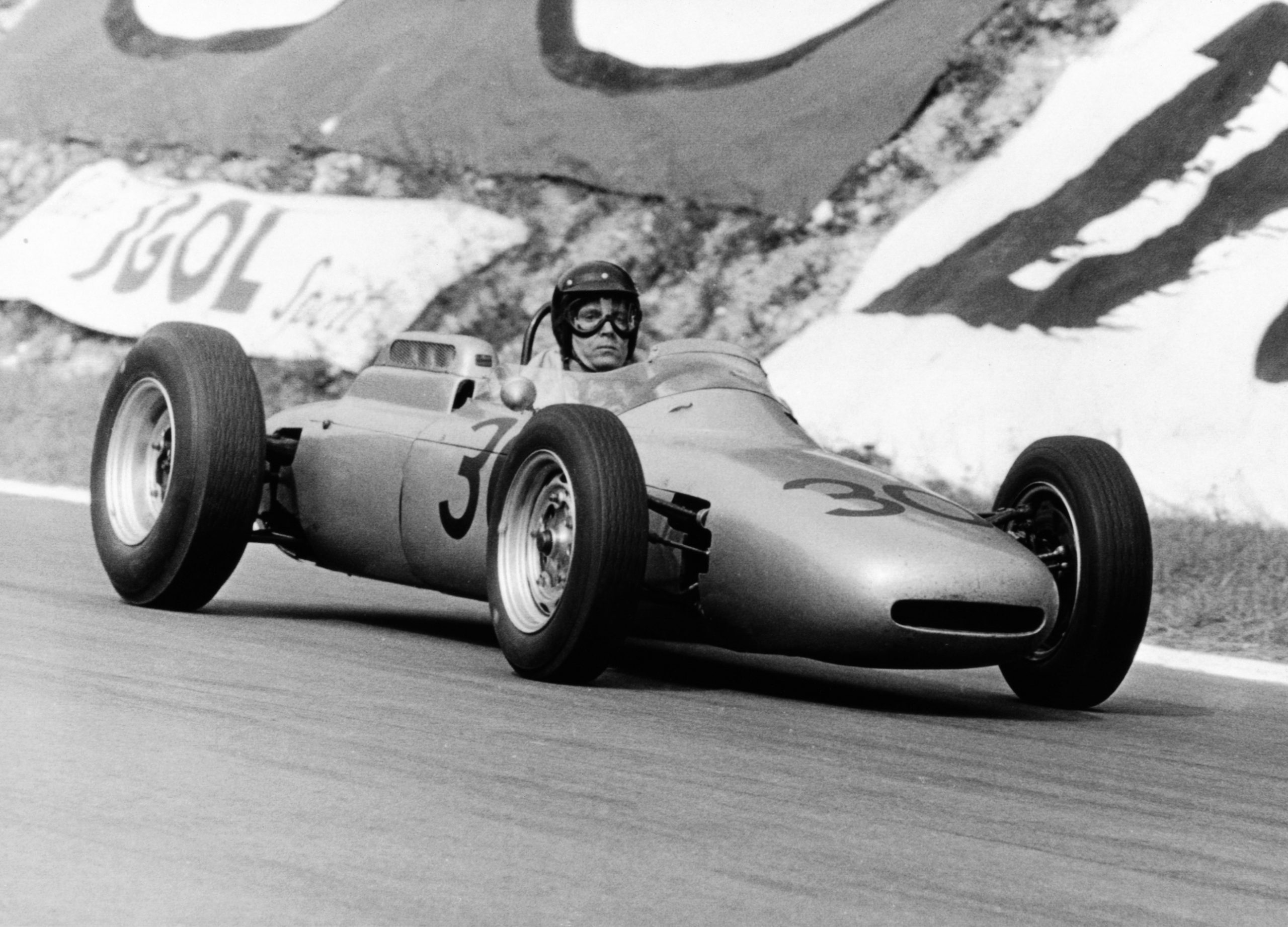



 Die Veröffentlichung von Werbung ermöglicht uns den Betrieb dieses Blogs. Klicken Sie deshalb bitte auf „Akzeptieren“, um autonatives.de mit Werbung externer Partner zu nutzen.
Die Veröffentlichung von Werbung ermöglicht uns den Betrieb dieses Blogs. Klicken Sie deshalb bitte auf „Akzeptieren“, um autonatives.de mit Werbung externer Partner zu nutzen.